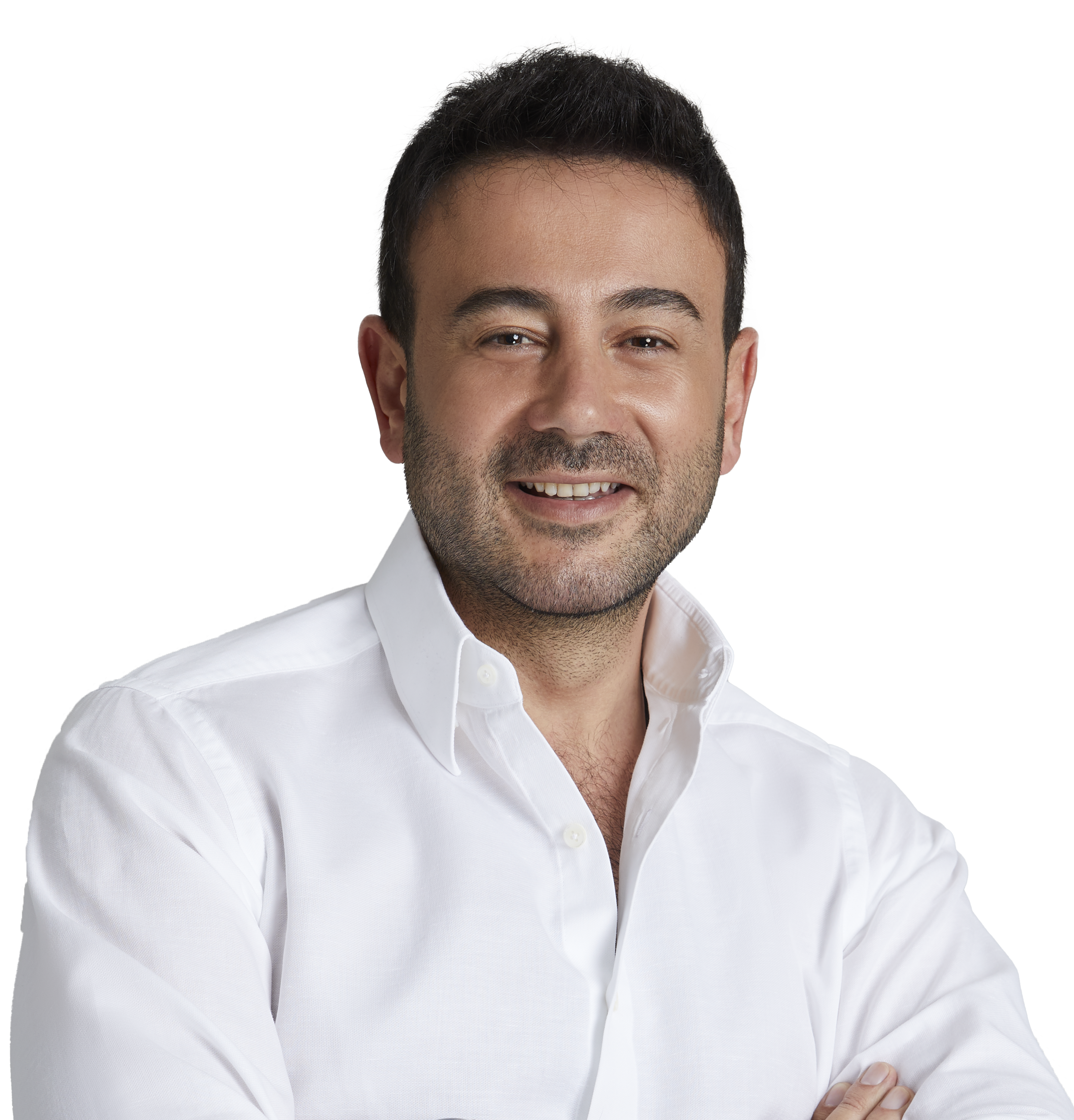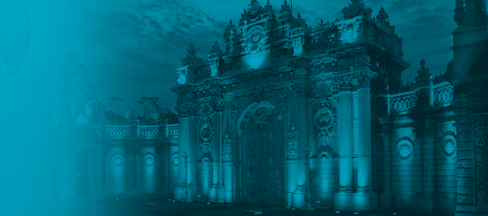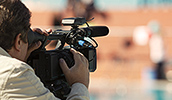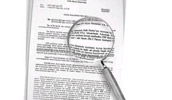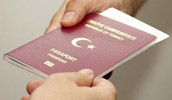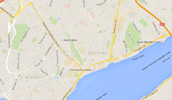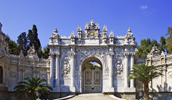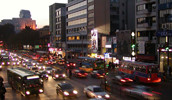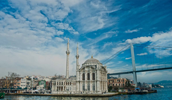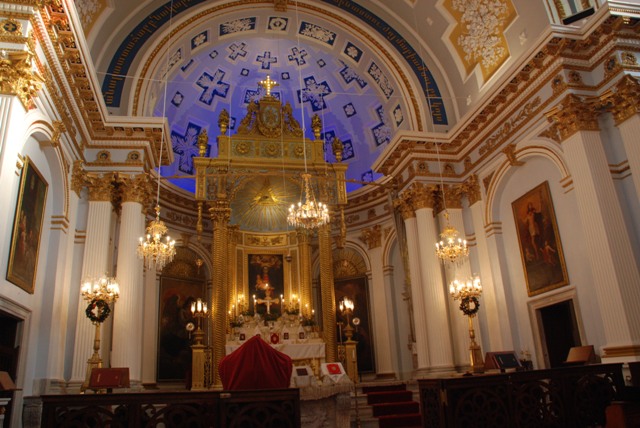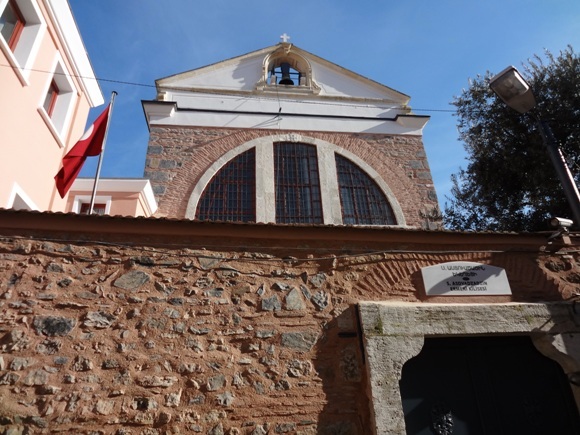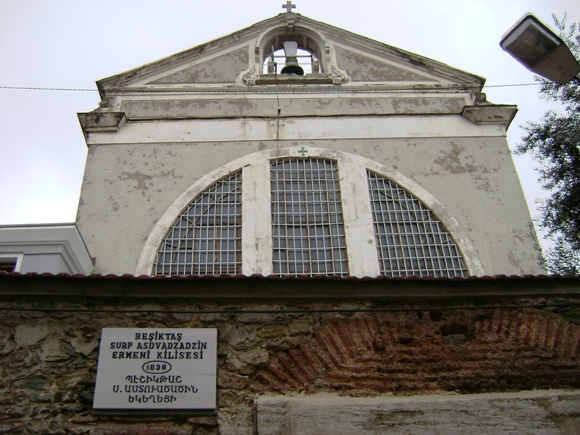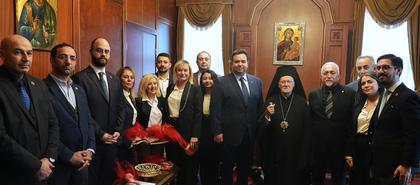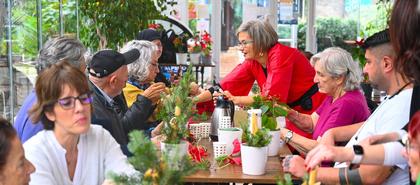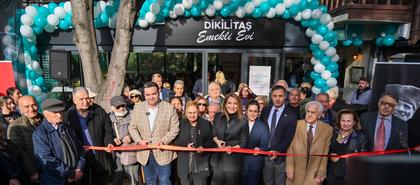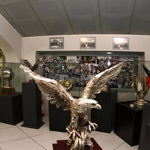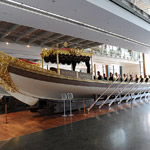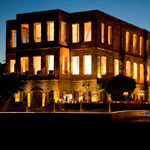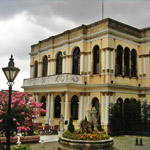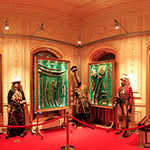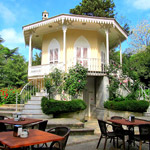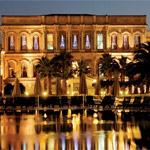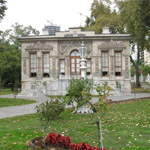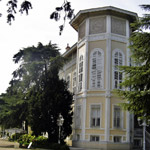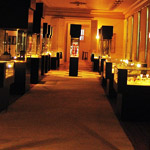SURP ASDVADZADZİN ARMENIAN CHURCH
It was the Priest Krikor Taranağtzi who first mentioned in 1623 about a chapel which had two priests and was located in Beşiktaş. Yeremya Çelebi also confirms the existence of a small church in Beşiktaş. His confirmation refers to the year 1661 and the period between 1681-1684. And according to the18th Century Historian Sarkis Tıbir Sarraf-Hovhannesyan, the church in Beşiktaş was demolished in 1759.
The historical records written by Şemdanizade Fındıklılı Süleyman Efendi in Ottoman Turkish reveals that this church which was demolished had been built by using the donations by Eğinli Yakup Amira. The church was demolished on the grounds that it had been enlarged without permission. In the early 19th Century, it was rebuilt in a wooden form this time.
The church was rebuilt in 1838 by the Palace Architect Garabed Amira Balyan in a glorious masonry style. It featured one of the rare domed works in that era during which domed architecture was forbidden. As a work of architectural craftsmanship, it was furnished with an inner dome non-visible from outside. Its dome and wall ornaments reflected the Western style. The inner walls were adorned with grand symmetric paintings made by Hovhannes Umed Beyzad, one of the famous painters of the 19th Century.
Sarkis Balyan, a palace architect and a resident of Beşiktaş, built the Makruhyan school next to the church in memory of his wife who passed away at a young age.
The church was restored in 1987 in the period of the Patriarch Şınorhk. In the courtyard, there are the eikons of Garabed Balyan and Sarkis Balyan which were built by Erol Sarafyan and unveiled in 1993.
After its drastic restoration was completed in 2013, the church was blessed by the Archbishop Aram Ateşyan, who was the Patriarch’s Deputy General, and reopened to worship.
The Ottoman Minister of Foreign Affairs Harutyun (Artin) Pasha Dadyan (1830-1901) is buried at the outer side of the church’s southern wall.
SURP ASDVADZADZIN ARMENIAN CHURCH – ORTAKÖY
This church was initially called Surp Giragos in 1665. It belonged to the Armenians who settled in Ortaköy migrating from Eğin and its village Abuçeh. The church, which was a chapel in those times, was rebuilt by the Patriarch Hovhannes IX. Golod during his tenure and was renamed as Surp Asdvadzadzin. The opening was performed in person by the Chief Patriarch Garabed Ulnetzi blessed by Katolikos in 1726 in the Central Church of Kumkapı Patriarchate.
Later, a new church made of stone, was built in 1825 in the place of the wooden one. An ostentatious rose motif ornament was placed on the center of the ceiling where an elegant chandelier had also been hung. There is a bell tower built by iron sticks. There is the Surp Isdepanos Chapel on the right side of the Church and the Surp Yerortutyun Chapel on the left side. The construction of the font was completed in 1824.
Following a long and full restoration period, it was blessed by the Archbishop Aram Ateşyan, who was the Patriarch’s Deputy General, and reopened to worship in 2012.
LOCATION
 Sinanpaşa 34353 Beşiktaş/İstanbul - Turkey
Sinanpaşa 34353 Beşiktaş/İstanbul - Turkey
